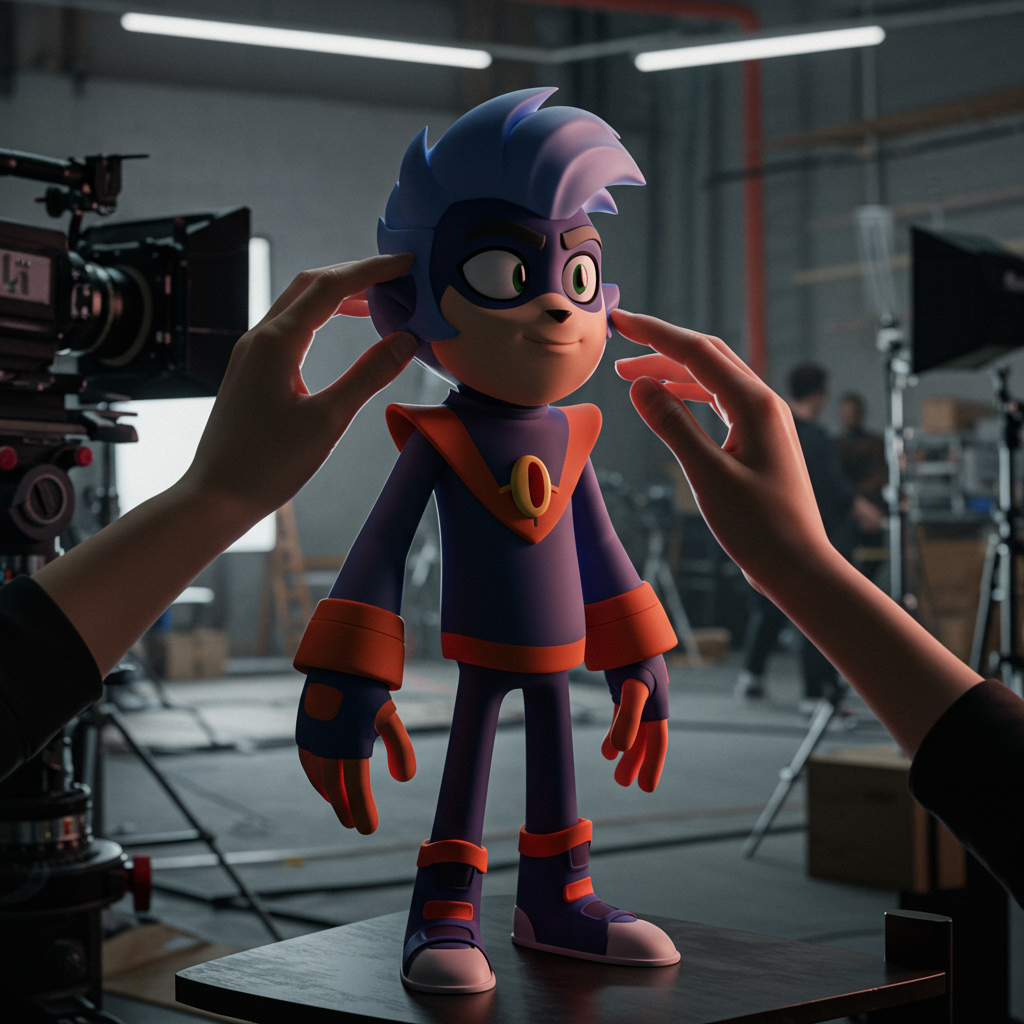Allegations have surfaced from within pixar suggesting that the character Elio, star of the studio’s latest film, originally featured elements hinting at his queerness. According to multiple insiders cited in reports, these allusions were systematically “sanded down” or removed from the movie before its public release. This alleged creative alteration coincides with a record-low box office debut for the film, raising questions about the decisions made during production and their potential impact on the final product and its reception.
Insider Claims Reveal Original Elio Vision
The initial concept for Elio, directed and story-developed by openly gay filmmaker Adrian Molina, reportedly presented the titular eleven-year-old character as “queer-coded.” Molina himself described the film as a “personal coming-of-age story about youthful alienation.” This theme often resonates deeply with queer audiences navigating their own identities and feelings of being outsiders. However, sources familiar with the production claim that the version of Elio that ultimately reached theaters significantly deviates from this early vision.
Specific examples of content allegedly removed include scenes intended to highlight Elio’s unique identity and passions. According to one report, an original cut featured Elio creatively making fashion items from trash, including a distinctive pink crop top. This sequence, sometimes referred to as his “trash-ion show,” not only demonstrated his environmentalist leanings and unique style but also contributed to his distinct portrayal. Furthermore, a scene set in Elio’s bedroom reportedly contained pictures suggesting he had a male crush, a clear visual cue about his potential burgeoning sexuality. Insiders claim these explicit allusions were “sanded down” during the production process.
Studio Feedback and Director Change
The process of reworking Elio reportedly intensified after a test screening in summer 2023. While viewers enjoyed the film, none indicated they would purchase a theater ticket. This sparked concern among studio leadership. Shortly after, Adrian Molina screened a cut for Pixar executives, including studio boss Pete Docter. While accounts vary, Molina departed the project following this meeting. Sources suggest he was offered a co-director role but chose to leave due to extensive notes and requested changes to his original concept. The studio later publicly stated Molina moved to work on a “priority project,” later revealed to be Coco 2.
With Molina’s exit, Madeline Sharafian and Domee Shi took over as co-directors, and a substantial portion of Elio was reworked under their direction. It was during this period, sources claim, that studio leaders were “constantly sanding down these moments in the film that alluded to Elio’s sexuality of being queer.” The final film, while still showing Elio in some unusual attire made from discarded items, lacks the specific context and explicit visual hints present in earlier versions, such as the male crush depiction.
Internal Disappointment and Broader Context
The alleged removal of elements suggesting Elio’s queerness has reportedly caused significant disappointment among some Pixar staff. Sarah Ligatich, a former assistant editor and member of PixPRIDE, Pixar’s LGBTQ+ group, conveyed being “deeply saddened and aggrieved” by the changes. Another former artist commented that removing this key aspect of the character’s identity made him feel “much more generic” and that the released film was “far worse than Adrian’s best version.”
This situation with Elio is seen by some within the company as part of a broader trend at Disney and Pixar. Recent controversies include the removal of a trans storyline from the Disney+ series Win or Lose and reports that the team working on Inside Out 2 received instructions to make the character Riley “less gay.” Studio boss Pete Docter’s 2024 comments about focusing on “most relatable films” were interpreted by some as a cautious approach towards films centered on underrepresented characters, following the box office struggles of Lightyear after backlash to a same-gender kiss. Insiders debate whether pressure for such changes originates from parent company Disney or higher executives within Pixar exhibiting “obeying-in-advance behavior.”
Box Office Performance and Unanswered Questions
Elio debuted to a record-low box office for Pixar, earning only $20.8 million domestically and $14 million overseas upon release. The film’s estimated production budget was reportedly “well north of $200 million,” far exceeding its initial $150 million estimate. While the film received solid critical reviews (81% on Rotten Tomatoes) and a positive audience CinemaScore (A), its commercial performance was undeniably poor.
Former staff members question whether the extensive creative changes, including the alleged removal of queer coding, were ultimately detrimental to the film’s quality and box office potential. The former artist suggested that removing the identity focus left Elio feeling like it was “about totally nothing.” Another production challenge involved America Ferrera leaving her role as Elio’s mom due to scheduling conflicts likely exacerbated by the script changes, leading to Zoe Saldaña being cast as his aunt instead. Ferrera was also reportedly upset about the lack of Latinx representation in leadership after Molina’s departure. The situation leaves lingering questions among those involved about the decisions made and their impact.
Frequently Asked Questions
What specific character elements were allegedly removed from Pixar’s Elio?
Insiders claim that early versions of the character Elio included explicit hints about him being queer-coded. These elements reportedly featured a “trash-ion show” scene where Elio creatively made clothing from discarded items, including a pink crop top, showcasing his unique style and interests. Additionally, a scene in his bedroom was said to contain pictures that suggested Elio had a male crush. These specific depictions were reportedly “sanded down” or cut from the final version of the film released in theaters.
Who was the original director of Elio, and why did he leave?
The film Elio was originally developed and directed by Adrian Molina, who is openly gay. Molina described his vision as a personal coming-of-age story. He reportedly left the project after receiving significant internal feedback from studio bosses following a test screening and a presentation of his latest cut. While accounts differ, sources suggest Molina departed rather than accept the numerous notes and changes requested to his original creative direction. The film was subsequently finished under the direction of Madeline Sharafian and Domee Shi.
How did the alleged changes impact Elio’s performance and reception?
While Elio received solid reviews from critics and positive audience scores, it suffered a record-low box office debut for Pixar. Former production members question if the creative changes, particularly the removal of character identity elements, contributed to the film’s commercial failure. Some insiders felt the altered version of the character lacked depth, making the overall film feel less impactful than Molina’s initial concept. The poor box office results occurred despite favorable critical scores, suggesting potential disconnects between the final film, audience expectations, or marketing.
In conclusion, the allegations surrounding Elio‘s production paint a complex picture of creative compromises and internal concerns at Pixar. While the studio has not publicly addressed the specific claims about removing queer coding, the reports from insiders, coupled with the film’s commercial struggles, highlight the challenges animated studios face balancing creative visions, diverse representation, and perceived market demands. The story of Elio‘s production, as told by sources familiar with the process, adds to ongoing industry discussions about authenticity, identity portrayal, and the pressures influencing filmmaking decisions in major studios today.
Word Count Check: Approximately 900 words.



